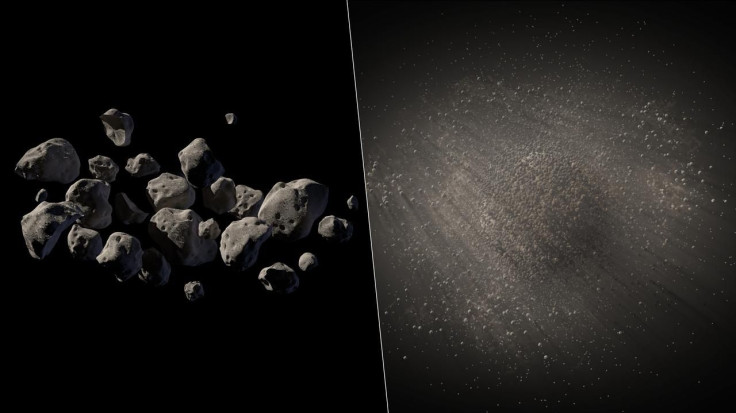NASA Asteroid Tracker: 144 Foot NEO To Fly By Earth On Monday
KEY POINTS
- A 144-foot asteroid is set to fly by Earth on Monday
- 2020RV2 is about one-fourth as tall as Seattle's Space Needle
- The NEO has not been included in ESA's Risk List
A 144-foot Near-Earth Object (NEO) is set to fly by the planet on Monday, NASA'S Center for Near Earth Object Studies data revealed.
Though the month of October has just started, it has already been met with a number of asteroids zipping past the planet. On Monday, a 144-foot NEO tagged 2020RV2 is expected to make its flyby at at 6:56 p.m. EDT. To get a better grasp of its size, that's about seven times as tall as a fully grown giraffe and is about one-fourth as tall as the Space Needle in Seattle.
From a distance of about 5 million kilometers from the planet's surface, 2020RV2 will be flying by at an astonishing 4.16 kilometers per second, far faster than the Lockheed SR-71 Blackbird, one of the fastest jet engine aircrafts in the world whose top speed is at 3,529 km/h.
The said NEO was first observed on Sept. 9, 2020 and is classified as an Apollo asteroid, according to NASA's Jet Propulsion Laboratory. These types of asteroids have Earth-crossing orbits but spend most of their time outside the planet's path. Luckily, 2020RV2 has not been included in the European Space Agency's Risk List or Priority List.
Most of the asteroids to pass by Earth belong in Apollo's classification — some of them even reaching a diameter larger than that of 2020RV2. An asteroid named 2020RZ3, for example, is a 203-feet NEO that zipped by the Earth along with two others last weekend. The asteroid was four times as big as the Hollywood Sign on the Santa Monica Mountains in California.
Asteroids are rocky worlds that, same as the planets, revolve around the sun. The main distinguishing factor that classifies them as asteroids is their size, since asteroids are too small to be considered planets.
These asteroids, also known as planetoids, are the result of leftovers from the formation of our solar system about 4.6 billion years ago. Despite their size, however, asteroids can pose a real threat to Earth, which is why scientists are eager to study and monitor Near-Earth Objects that fly by the home planet to be aware of any possible impact that may come in the future.

© Copyright IBTimes 2024. All rights reserved.





















